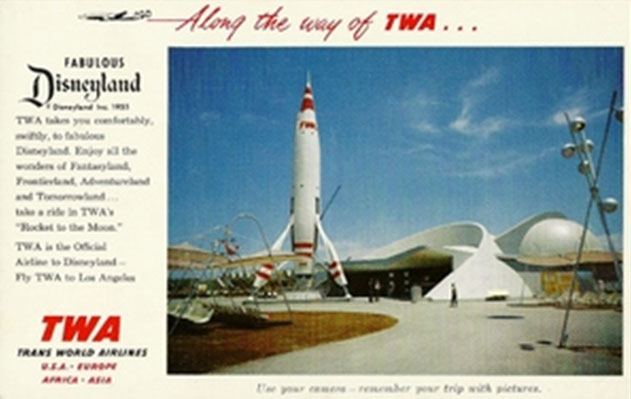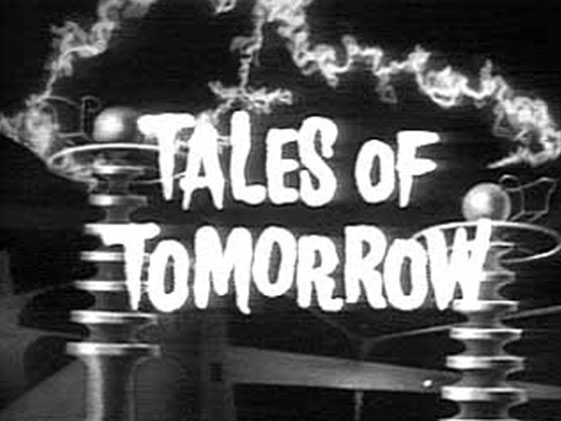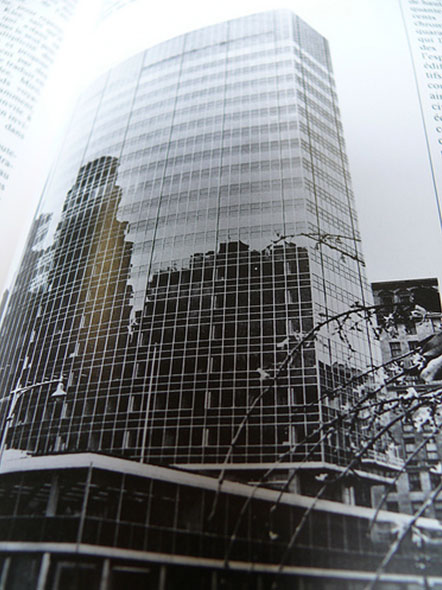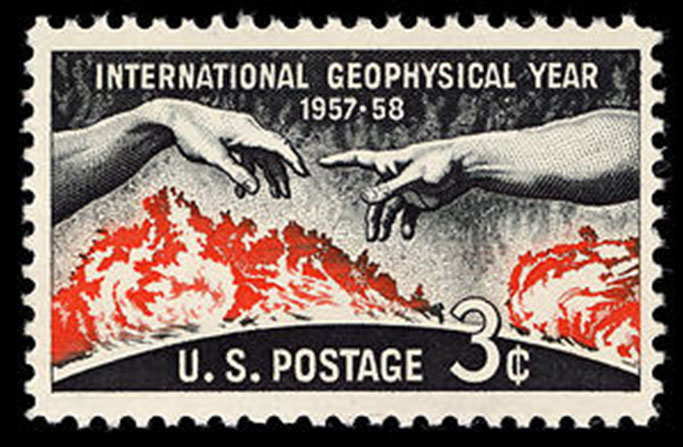The Golden Age
Gary K. Wolfe

By the 1950s, science fiction had been writing for years about atomic power and the possibility of nuclear destruction, but after August 1945 these speculations became the matter of urgent public anxieties, exacerbated by the Soviet development of similar weapons, the testing of vastly more powerful hydrogen weapons, and the emerging Cold War. The Bulletin of the Atomic Scientists seemed to invite apocalyptic thinking with the introduction of its famous “Doomsday Clock” in 1947, and the 1950s was peppered with cautionary mainstream bestsellers such as Philip Wylie’s Tomorrow! (1954), Nevil Shute’s On the Beach (1957), and Pat Frank’s Alas, Babylon (1959). A renewed interest in rocketry and space exploration was reflected by films like Destination Moon (1950), enthusiastic articles in popular magazines like Collier’s, and even theme park rides like Disneyland’s “Rocket to the Moon” (introduced in 1955). The launch of the first artificial satellite, Sputnik, by the Soviet Union in 1957 lent a sense of public-policy urgency to space exploration as well as to nuclear fear.


Daily life was beginning to seem more science fictional as well. Television, itself once a science fiction extravagance, was in 17 million American homes by the end of 1952, and it regularly offered science fiction series from Tales of Tomorrow (1951) to The Twilight Zone (1959). Movies ranged from ambitious adaptations of classics like Wells’s The War of the Worlds (1953) to a seemingly endless cycle of B-level monster movies such as The Creature from the Black Lagoon (1954). The vast, high-speed roadways familiar from decades of science fiction illustration began to take shape with the development of the Interstate Highway System signed into law by President Eisenhower in 1955. Futuristic skyscrapers such as New York’s Lever House (1952) began to give urban landscapes something of the look and feel of an imagined future. Flying saucers, which had developed a cult-like following since the late 1940s, yielded several sensational popular books. The promise of biological research as a means of conquering age-old illnesses gained new energy with the announcement of Jonas Salk’s polio vaccine in 1955. Science education in public schools was promoted not only by the perceived Soviet threat, but by the International Geophysical Year of 1957–58, a broad cooperative effort by the world’s scientists to explore the earth and its atmosphere, resulting in discoveries such as the Van Allen radiation belts. Even the U.S. Navy borrowed a page from science fiction in 1954 by naming the first nuclear submarine the Nautilus, after Jules Verne’s imaginary creation. The future, it seemed, had begun to arrive, and for a while in the 1950s science fiction was its codex.


But it wouldn’t last. As Robert Silverberg notes, “By 1959, nearly all of the magazines that had begun with such high hopes only a few years before had vanished, the book market had been severely cut back, and many of the writers central to the decade had to turn to other fields of enterprise.” Some of this may have had to do with shifts in publishing, such as the collapse of a major book and magazine distributor in 1957, some may have had to do with the fiction itself entering a relative doldrums (to be revived a few years later with the largely British-led “New Wave”), some may even have involved public exhaustion with all those monster movies, which very nearly reactivated the old pulp image of the field. But some may also have had to do with the passing of a particular moment in the collective American perception of the manageability of the future. Throughout much of the decade, both science fiction’s brightest promises and its darkest nightmares seemed close to the surface of both daily life and public policy in a way that has seldom been seen since. While the best science fiction novels of that decade can still hold their own as strong evidence of a maturing genre, those anxieties continue to resonate.





